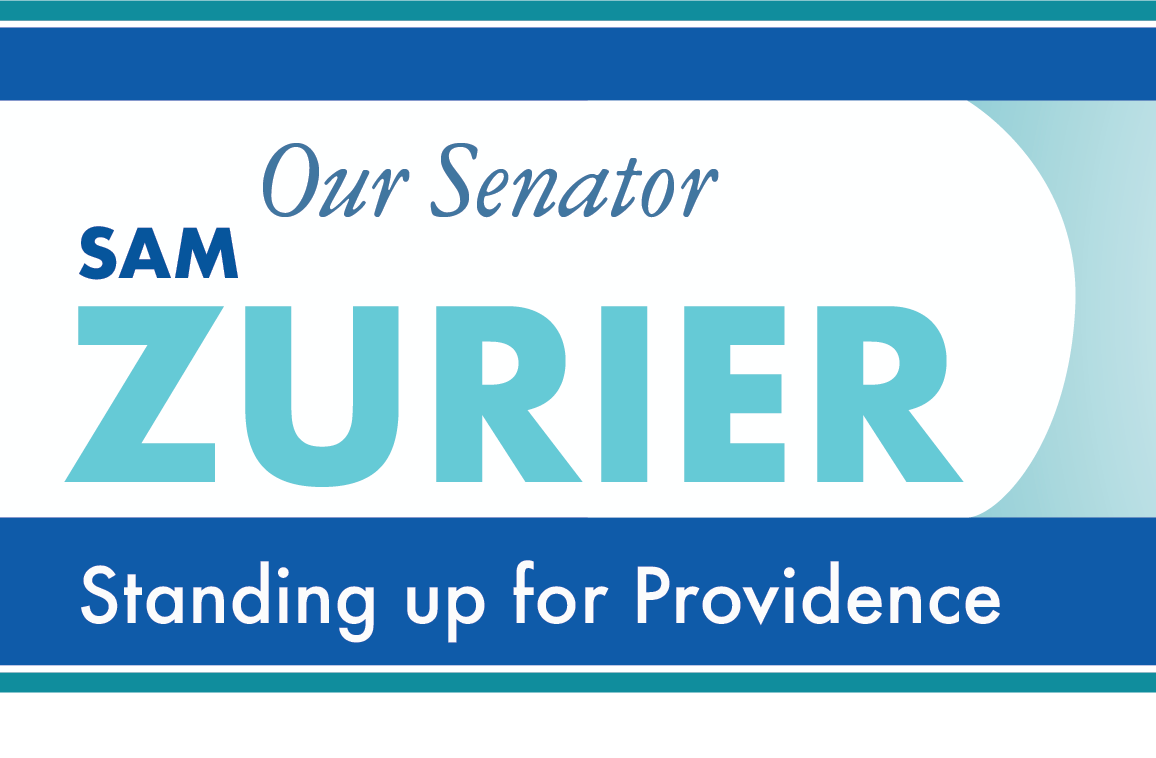I hope you had a chance to get outside yesterday to enjoy the better half of this weekend. My letter this week will discuss the a community meeting with the Mayor, the NRN Fiscal Management Plan and the Mayor’s 2016-17 budget.
On Monday, May 16 at 6:00 p.m. at Hope High School, Mayor Elorza will attend a community meeting to discuss the City’s long-term finances and the current year’s budget. Doors will open at 5:30 p.m. Please bring your questions for what I hope will be a productive exchange of information.
Last Monday, the administration presented a 167-page fiscal management plan prepared by its consultant National Resource Network (NRN). After reprising last week’s preliminary finding of the long-term stresses on the City’s finances, the plan offers a menu of options to close the budget gap, including user fees and fines, taxes on City amenities largely used by visitors, additional contributions from exempt institutions, pension and medical benefits reforms and asset sales among others. The Mayor intends to form working groups to study these proposals in further detail to develop alternatives for the City.
While many of the proposed alternatives are, at a minimum, difficult to accept or implement, there is value to performing a thorough due diligence when considering approaches to very difficult problems. In 2011-12, Mayor Taveras received many good ideas from the stakeholders themselves, who have specific knowledge a consultant might not, and whose commitment increased when they contributed to developing the solution.
This past Wednesday, Mayor Elorza presented the administration’s 2016-17 budget to the City Council for review and approval. City Council hearings on the budget begin this Tuesday, and likely will continue into early June. The City Council received the budget ordinances with skeletal information on Friday, and will receive the “budget books” with more information later this week. For now, some basic features of the budget are clear. While reducing the automobile tax (by increasing the exemption from $1,000 to $2,000), the revaluation’s effect on the budget’s tax rates produces tax increases that exceed the car tax reduction by $13 million, the maximum amount allowed under the Paiva-Weed law. The Internal Auditor has prepared charts to calculate the average real property tax increase on a City-wide basis and in Ward 2. Also, the size of the municipal budget increases again, from $343 million to $353 million, and this year’s budget represents a similar increase from last year’s level of $333 million. As a result, the City Council will consider whether the spending increases in recent budgets (more than $19 million over two years) can be sustained. In contrast, the Taveras administration’s final municipal budget of $333 million was essentially the same as its first budget (FY 2011-12), which was $334 million. While the Taveras budgets were constructed in a different time, this experience demonstrates the opportunities available to improve the City’s long-term fiscal stability through careful review of the budget from year to year. In this way, the short-term task of developing a budget can help advance the long-term goal of a sustainable municipal fiscal policy. Some municipalities such as Newton, Mass. have found savings across departments through a practiced call “zero based” and/or “performance” budgeting. This tool for controlling expenditures may be a worthy addition to the package proposed by NRN.
Sincerely,

